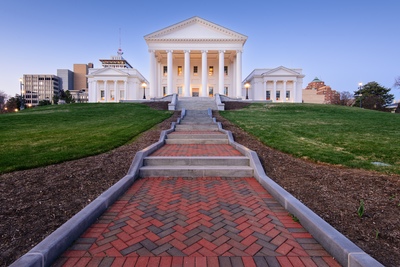
State Government Affairs, Elections & Campaigns
How Lieutenant Governors Are Selected (And Why It Matters)
December 10, 2025 | Bill Kramer

Wisconsin is one of 10 states that are most likely to see a change in party control in one or both state legislative chambers after elections on November 6. Currently, Republicans maintain control of all three branches: the governorship, state assembly, and state Senate.
Incumbent Governor Scott Walker (R) is seeking a third term after he easily defeated a primary challenger, businessman Robert Meyer, on August 14 with more than 91 percent of the primary vote. Wisconsin Democrats have nominated State Superintendent of Public Instruction Tony Evers to challenge Walker this November. Evers overcame nine fellow Democrats, including Professional Fire Fighters of Wisconsin President Mahlon Mitchell and former State Representative Kelda Roys, for the party nod.
A majority of Wisconsin's state Senate seats, 17 of 33, are up for election this year. Republicans in the state Senate currently retain

December 10, 2025 | Bill Kramer
-238a17-400px.jpg)
December 10, 2025 | Bill Kramer

November 5, 2025 | Bill Kramer